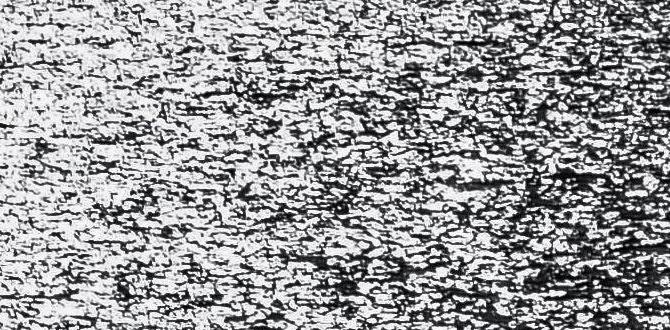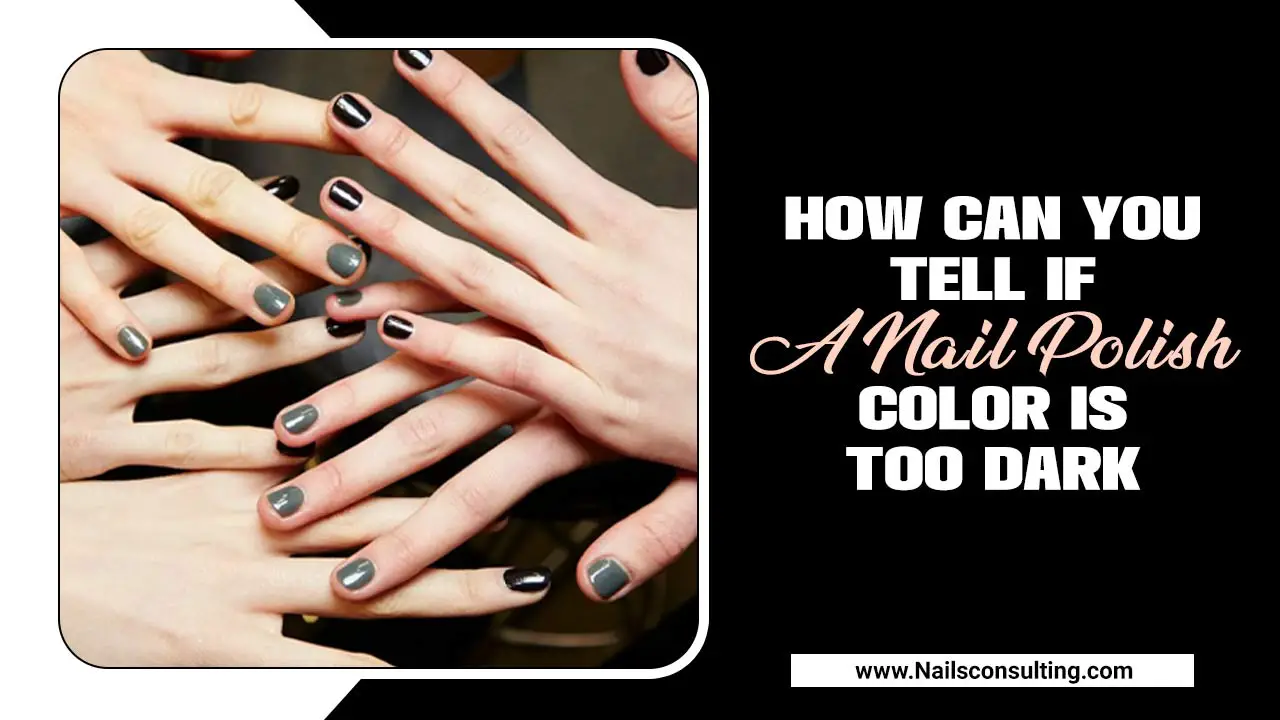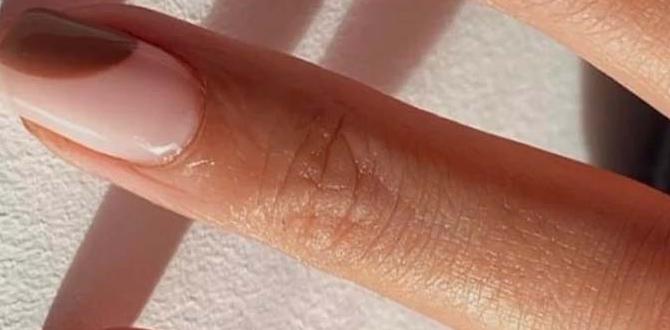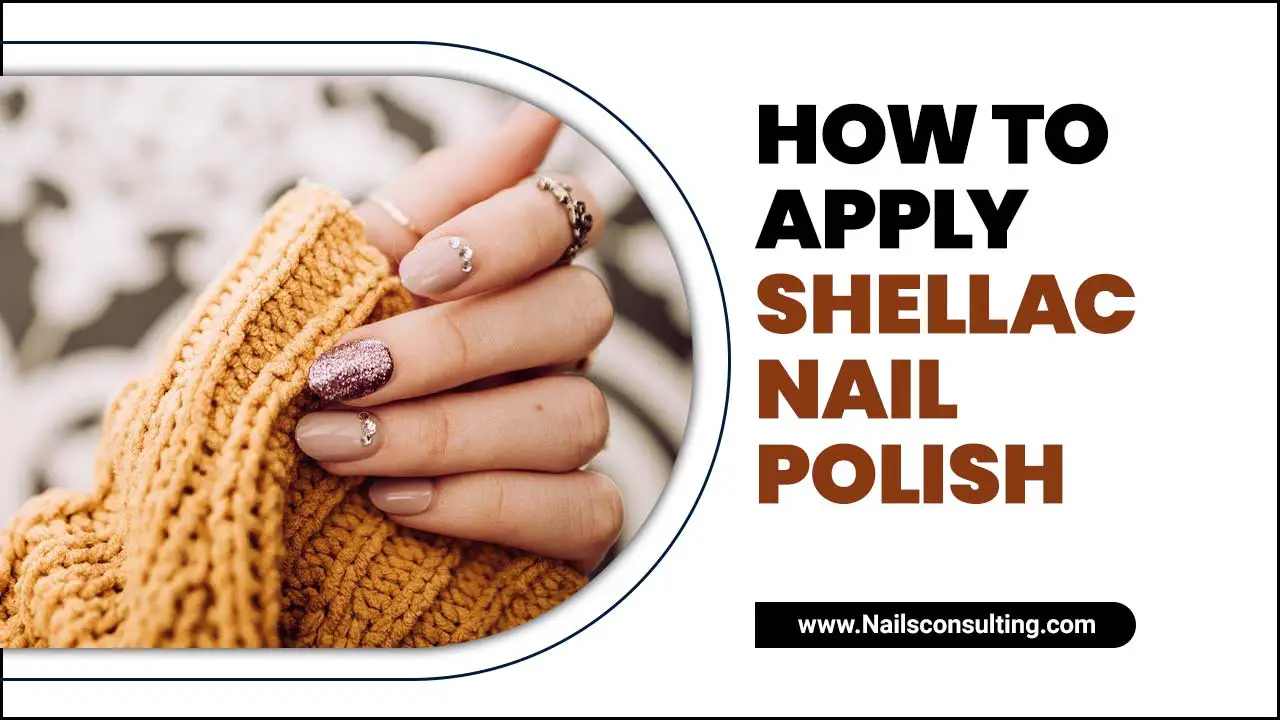Effortless Valentine’s Day nail art is totally achievable with simple steps! Learn easy DIY designs that look super cute and romantic, perfect for beginners. Get ready to express your love with charming nails this Valentine’s Day!
Valentine’s Day is coming up, and you want your nails to feel a little extra special, right? Maybe you’re picturing romantic reds, sweet pinks, or adorable hearts. But the thought of intricate nail art can feel a bit overwhelming, especially if you’re new to it. Don’t worry! You don’t need to be a nail pro to create stunning Valentine’s Day looks. We’re going to walk through some super simple, yet totally chic, designs that anyone can do at home. Get ready to fall in love with your fingertips!
Valentine’s Day Nail Art FAQs for Beginners
What are the easiest Valentine’s Day nail art designs for beginners?
The simplest designs often involve solid colors, a few strategically placed dots, or accent nails with basic shapes like hearts created with a dotting tool. Ombre effects and simple glitter accents are also very beginner-friendly.
What colors are best for Valentine’s Day nails?
Classic Valentine’s colors include reds, pinks, whites, and golds. You can also explore shades of burgundy, deep berries, and even some softer pastels like lavender or baby blue for a unique twist.
What tools do I absolutely need for easy nail art?
For most simple designs, you’ll need nail polish in your chosen colors, a good clear top coat, and a dotting tool. A fine-tipped brush or even a straightened bobby pin can also work for creating small details.
How do I make my nail art last longer?
Start with clean, dry nails. Apply a good base coat to prevent staining and help polish adhere. Apply thin, even coats of your colored polish, allowing each to dry slightly before the next. Always finish with a high-quality, quick-drying top coat, extending it just over the free edge of your nail.
Can I do Valentine’s Day nail art without special tools?
Absolutely! You can use everyday items like toothpicks, bobby pins, or even the tip of a needle (carefully!) to create dots and lines. Even just wearing a beautiful solid color can be perfectly festive.
How long does it take to do simple Valentine’s Day nail art?
For most of the designs we’ll cover, you can expect to spend anywhere from 15 to 30 minutes per hand, depending on how quickly your polish dries and your personal pace. The key is not to rush!
Your Nail Prep Essentials
Before we dive into the fun designs, doing a little prep work makes all the difference. It ensures your polish lasts longer and your nails look their best. Think of it like getting your canvas ready before painting!
Step 1: Cleanliness is Key
Start with clean nails. Gently remove any old polish. Wash your hands with soap and water to get rid of any oils or residue. Dry them thoroughly.
Pro Tip: Avoid using lotion right before you paint, as it can prevent polish from adhering well.
Step 2: Shape Them Up
If you like, gently file your nails into your desired shape. A slight curve or a neat square can be a lovely base for any design. Always file in one direction to avoid weakening the nail.
Step 3: The Base Coat
This is a crucial step! Apply a thin layer of clear base coat. It creates a smooth surface, protects your natural nail from staining (especially important with darker reds!), and helps your colored polish stick better. Let it dry completely.
Step 4: Gather Your Colors
Choose your polish colors! For Valentine’s Day, classic choices include:
- Reds (from bright to deep burgundy)
- Pinks (blush, hot pink, fuchsia)
- Whites and creams
- Golds and rose golds
- Black (for a chic contrast)
Having a good clear top coat is also a must for sealing your design and adding shine.
Step 5: Essential Tools
You don’t need a professional kit for these easy designs. Here’s what can help:
- Dotting Tools: These have a small ball at the end and are perfect for making dots and tiny hearts. If you don’t have them, a straightened paperclip, a toothpick, or even the ballpoint of a pen can work in a pinch!
- Fine-tipped Brush: A clean nail art brush or even a clean, old eyeliner brush can be used for fine lines.
- Toothpick: Great for detailed work or pulling polish into shapes.
- Clean-up Brush: A small brush (like an old, clean Angled eyeliner brush or makeup brush) dipped in nail polish remover is your secret weapon for cleaning up any mistakes around your cuticles.
Effortless Design 1: The Sweetheart Accent Nail
This is perhaps the easiest and most classic Valentine’s Day look. It’s all about one special nail!
Step-by-Step Guide:
- Choose Your Base Color: Pick a classic Valentine’s color like a deep red, a soft pink, or even a creamy white. Paint all of your nails with this color. Apply two thin coats for full opacity, letting each dry for a minute or two.
- Select Your Accent Nail: Decide which nail will be your accent nail. The ring finger is a popular choice, but feel free to pick any.
- Apply Your Accent Color: On your chosen accent nail, paint a contrasting but complementary color. For example, if your base is red, try pink or white. If your base is white, a bright red or pink would be lovely.
- Create the Heart: This is where the magic happens!
- Method A (Dotting Tool): Dip your dotting tool into a contrasting polish (e.g., white polish on a red nail). Place two small dots side-by-side at the tip of your accent nail. Then, gently drag a toothpick or the tip of your dotting tool downwards from the inner edge of each dot to meet in a point at the base of the heart.
- Method B (Toothpick/Fine Brush): Dip a toothpick or tiny brush into your accent polish. Place two distinct dots close together. Then, carefully connect them with a small, curved line at the top and gently pull the polish down to form a V-shape.
- Fill and Refine: If your heart isn’t perfect, use your dotting tool or brush to gently fill it in or smooth out the lines.
- Wait for It to Dry: Let the heart design dry completely. This is important to avoid smudging!
- Seal the Deal: Apply a layer of clear top coat over ALL your nails, including the accent design. Make sure to cap the free edge of your nails by running the brush along the very tip of your nail. This helps prevent chipping.
Why it works: This design focuses attention on one nail, making it look intentional and chic without being overcomplicated. It’s incredibly effective with minimal effort.
Effortless Design 2: The Cute Confetti Mani
This design is playful and forgiving! It uses small dots of color to mimic confetti, perfect for a festive and fun vibe.
Step-by-Step Guide:
- Base Coat: Apply your favorite base coat and let it dry.
- Apply Base Polish: Paint all your nails with your chosen base color. A sheer pink, milky white, or even a light pastel works beautifully here. Apply one or two coats, letting them dry well.
- Gather Your “Confetti” Colors: Choose 2-3 smaller polish bottles in contrasting Valentine’s Day colors. Think bright red, hot pink, a metallic gold, or even a shimmering glitter polish.
- Start “Confetti-ing”: You’ll use a dotting tool, toothpick, or a fine brush for this.
- Dip your tool into one of your “confetti” colors.
- Gently tap or dab small dots onto your nails. Don’t aim for perfection; scattered is the goal!
- Vary the density of the dots. You can have a few clustered at the tip, scattered all over, or concentrated on one side.
- Switch colors and tools frequently to create a random, festive look.
- Don’t Forget the Glitter Option: If you want extra sparkle, use a glitter polish as one of your confetti colors, or apply a fine glitter polish over the colored dots.
- Allow to Dry: Let the dots and any glitter dry completely.
- Top Coat Power: Apply a generous layer of clear top coat over all nails. A good top coat will help smooth out the texture of the dots and seal everything in for longer wear.
Why it works: The variation in colors and the scattered placement make this design very forgiving. Any little imperfections blend right in, and it looks cheerful and celebratory.
Effortless Design 3: The Romantic Reverse French
A fun twist on the classic French manicure, this design highlights the cuticle area for a sophisticated and modern look.
Step-by-Step Guide:
- Prep and Base Coat: Start with your clean, prepped nails and a layer of base coat. Let it dry.
- Apply Your Main Polish: Paint all your nails with your primary polish color. A sheer nude, a soft pink, or a classic red are great choices. Apply one or two coats and ensure they are fully dry.
- Choose Your “Reverse” Color: Select a contrasting color to paint along your cuticle line. White, gold, glitter, or a deeper shade of your main color work well.
- Apply the Reverse Stripe: This requires a steady hand or a helpful tool.
- Method A (Fine Brush): Dip a thin, steady nail art brush into your chosen “reverse” color. Carefully paint a thin, curved line along your cuticle area, following the natural shape of your nail. Aim for a crescent moon shape.
- Method B (Dotting Tool & Connect): Use a dotting tool dipped in your “reverse” color to place dots closely together along the cuticle line. Once you have a line of dots, you can use a toothpick to gently connect them or smooth the shape.
- Clean Up Mistakes: Use your clean-up brush dipped in nail polish remover to neaten the edges of your reverse stripe along the cuticle and sidewalls.
- Let it Dry: Allow the reverse stripe to dry completely.
- Seal Everything: Apply a clear top coat over all your nails, making sure to cover the reverse stripe and cap the free edge.
Why it works: This adds a unique detail without being too complicated. It looks chic and modern, and the contrast at the base draws interest.
Effortless Design 4: The Subtle Sparkle Ombre
Ombre is beautiful, and adding a touch of sparkle makes it perfect for Valentine’s Day! This gradient effect is surprisingly easy to achieve.
Step-by-Step Guide:
- Prep and Base Coat: Start with clean nails and a base coat. Let it dry.
- Apply Your Base Color: Paint your nails with your chosen base color. A light pink, blush, or even a nude looks lovely for ombre. Apply one or two coats and let them dry fully. This will be the color at the tip of your gradient.
- Choose Your Gradient Color: Select a slightly darker or contrasting color for the gradient, or a glitter polish for sparkle. For example, if your base is light pink, you might use a medium pink or a rose gold glitter.
- Create the Gradient: This is typically done with a makeup sponge.
- Apply your base color to a small section of a makeup sponge (a clean cosmetic sponge works great!).
- Then, apply your gradient color next to it on the sponge.
- Quickly press the sponge onto your nail, starting about halfway down and rocking it gently. The color will transfer in a gradient.
- Reload your sponge as needed to build up the color intensity. Aim for the color to be strongest at the tip and fade towards the cuticle.
- Repeat for all nails.
- Clean Up: Use your clean-up brush dipped in nail polish remover to tidy up any polish that transferred to your skin.
- Add Extra Sparkle (Optional): If you didn’t use a glitter for your gradient color, you can now add a sheer glitter polish over the top to give it a festive shimmer.
- Seal it In: Once everything is completely dry, apply a thick, even layer of clear top coat. This will help smooth out any texture from the sponge and give a glossy finish.
Why it works: The sponge method creates a beautiful blended effect effortlessly. The subtle transition of color is sophisticated and romantic.
Nail Art Tools: What Works Best?
Having the right tools can make nail art much easier, but don’t get overwhelmed! Here’s a quick look at some common tools and what they’re good for, focusing on simplicity for beginners.
Essential Tools for Beginner Valentine’s Day Nail Art:
- Dotting Tools: Available in sets with various tip sizes. Perfect for dots, tiny hearts, and even small flowers.
- Fine-tipped Nail Art Brush: Essential for drawing delicate lines, outlines, or filling in shapes.
- Toothpicks: Inexpensive and versatile for making dots, lines, or manipulating polish.
- Makeup Sponge: Ideal for creating ombre effects and textured finishes.
- Clean-up Brush: A small, angled brush is a lifesaver for tidying up edges and mistakes.
Here’s a quick comparison:
| Tool | Best For | Ease for Beginners | Pros | Cons |
|---|---|---|---|---|
| Dotting Tool | Dots, small circles, simple hearts, patterns | Very Easy | Consistent dot size, easy to control | Requires multiple sizes for variety |
| Fine-Tipped Brush | Thin lines, intricate details, filling shapes | Moderate | Great for precision and creativity | Can be tricky to get a perfect line initially |
| Toothpick | Smaller dots, random patterns, spreading polish | Easy | Readily available, disposable | Tip can break easily, less control than dotting tool |
| Makeup Sponge | Ombre (gradient) effects, textured finishes | Easy to Moderate | Achieves smooth gradients quickly | Can be messy, requires practice for best results |
| Clean-up Brush (Angled) | Cleaning polish off cuticles and sidewalls | Easy | Makes manicures look professional; corrects mistakes | Requires nail polish remover |
Pro Tips for Perfect Valentine’s Nails
Even with the simplest designs, a few extra bits of know-how can elevate your nail art game. These tips are all about making your DIY manicures look salon-worthy!
- Thin Coats are Your Friend: Always apply thin, even coats of polish. Thick coats take longer to dry, are more prone to smudging, and can look lumpy. It’s better to apply two thin coats than one thick one.
- Patience is a Virtue: Let each layer of polish dry sufficiently before applying the next. A quick blast of a fan can help, but truly letting it set is key. Waiting just 60 seconds between color coats can prevent dragging and smudging.
- The “Shake and Cap” Method: Before opening a nail polish bottle, give it a gentle roll between your palms to mix the





